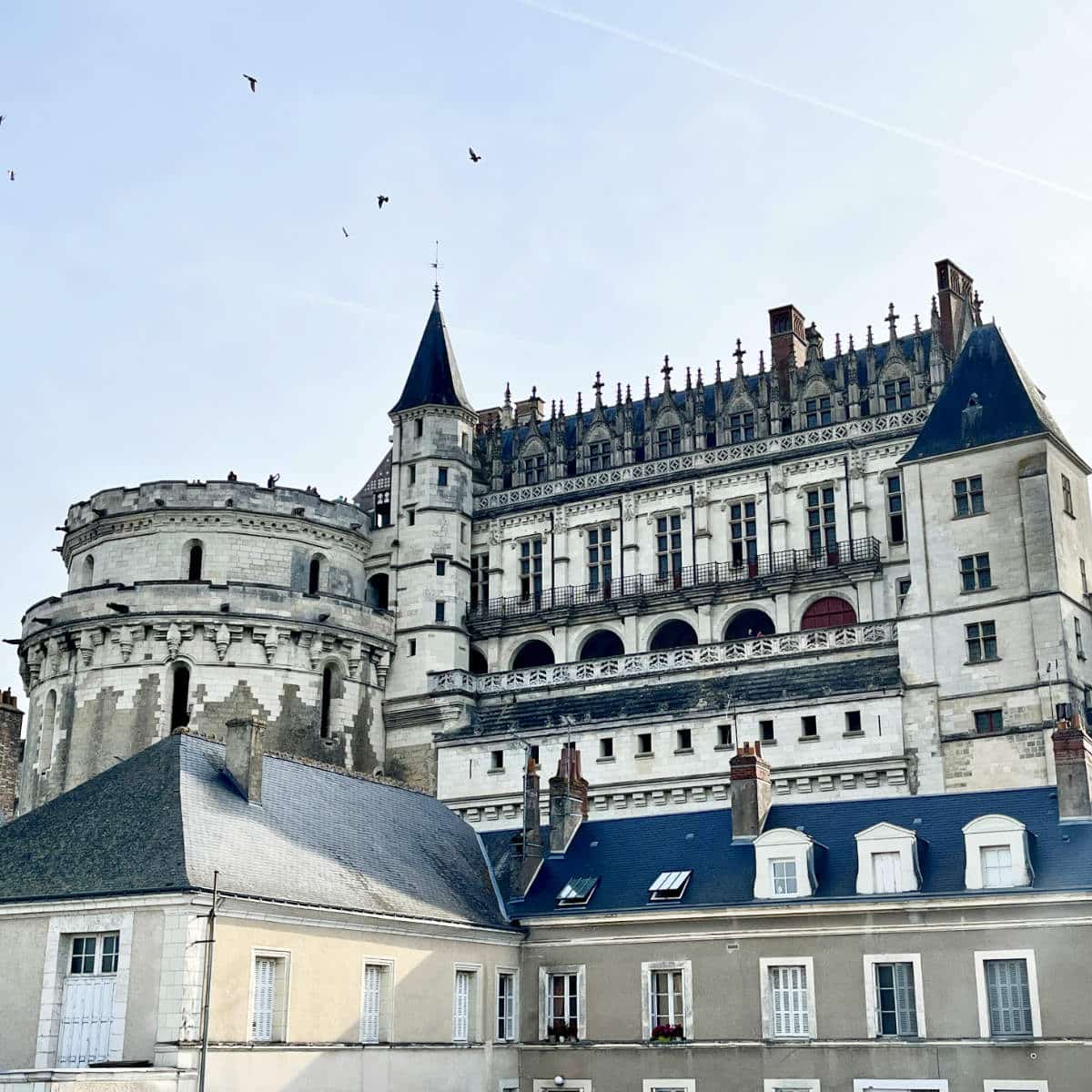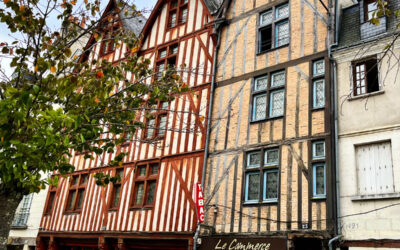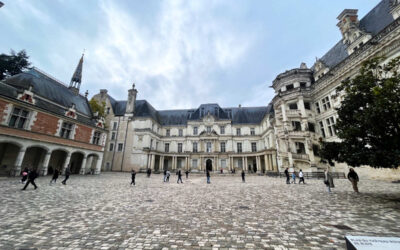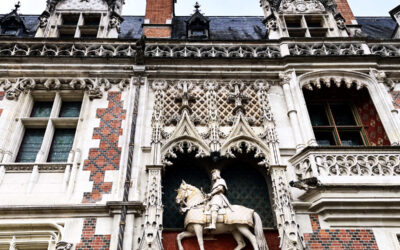One of the most famous châteaux in France, the Château Royal d’Amboise didn’t start off as a royal castle. Located on the Loire river, its strategic position high on the hill made it a logical defensive point.
It is next to the Loire river near other famous châteaux in the area like Château de Chenonceau, Château de Blois, Château de Chambord, Château de Chaumont, and Château de Cheverny, near the cities of Blois and Tours. It is about 3 hours away from Paris, making it ideal for a day trip from the city.
Unlike many other châteaux, the Château d’Amboise is located right in the heart of the bustling town of Amboise which sprung up around it over the centuries.
Interestingly, the Château d’Amboise is still being fought over by the Orléans family, claimants to the French throne. There are currently ongoing court cases to recuperate the castle, for the family to once again inhabit the property. So let’s see how this royal palace came to be, shall we? Allons-y!
History
The first walled settlement here dates back to the dates back to a Gallic oppidum in the 1-2 century BC. Later, the first fortress castle here was built in the 10th century by local noblemen around Anjou and Tours.
After King Charles VII seized the Chatêau from a wayward subject in 1434, the castle became a favorite of French royalty, with each generation adding and modifying the existing castle.
Among later monarchs who lived there was the King Charles VIII who died at Château d’Amboise in 1498 after he hit his head on a door lintel. (He was apparently walking very fast!)
His wife Anne of Brittany would remarry new King Louis XII and together they would make many renovations to the Château at Amboise (and at nearby Château de Blois in the town of Blois).
The Château d’Amboise reached the height of its renaissance however, when their daughter married François I, to become King and Queen of France. Born in nearby Cognac, young François came to the Château d’Amboise at 4-years old with his mother Louise of Savoy in the early 16th century.

François was not the heir to throne when he was born, but rather destined to inherit his father’s title of Duc of Angoulême, a cousin of the King.
It would be his marriage to his cousin, Princess Claude, daughter of King Louis XII and Anne of Brittany that would seal the deal to make him King of France at 21 years-old.
While François Ier didn’t spend all his time here (he preferred the Châteaux at Fontainebleau and Chambord), he did put up Da Vinci at a nearby residence Clos Lucé.
It is said that there was an underground passage between the Château d’Amboise and Clos Lucé for François I to visit his favorite artist as he pleased.
After François and Claude’s children continued some works on the château at Amboise, but the grand châteaux of the Loire started to fall out of favor for ones closer to Paris. First it was the Royal Château at Fontainebleue and eventually the Château at Versailles.
It fell into ruin after the French revolution, so much so that under Napoleon Bonaparte’s reign, a good portion of the old ramparts and buildings were demolished between 1806-1810.
In 1873, the château returned to the Orléans family, the pretenders to the French throne, who briefly transformed it into a home for the elderly.
In 1974 their descendant, the Comte de Paris, entrusted it to the Saint-Louis Foundation, which manages it as a museum for visitors. The current Comte de Paris, and claimant to the French throne wishes to recuperate the château to use as a residence. There are currently court cases ongoing to settle the dispute.
Inside the Château
As the Château d’Amboise began to decline after François I, the interiors of the Château are rather rare.
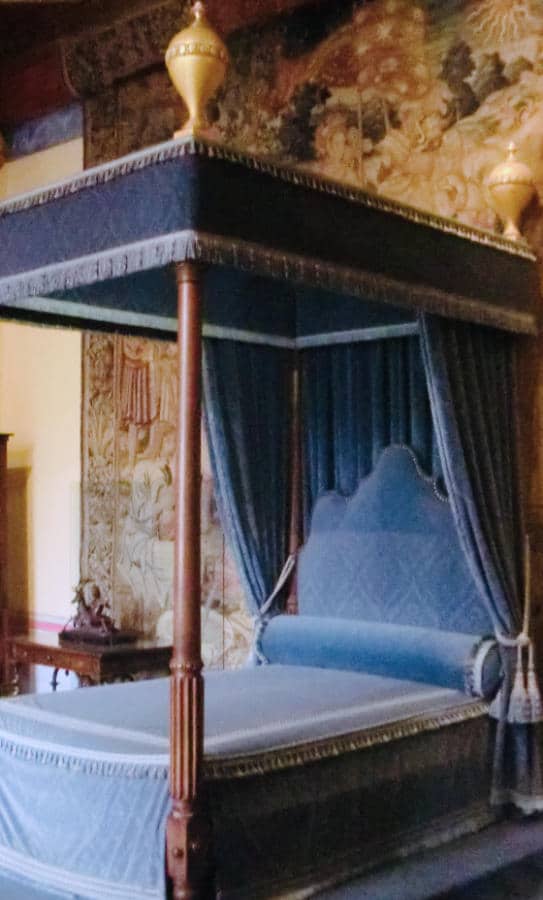
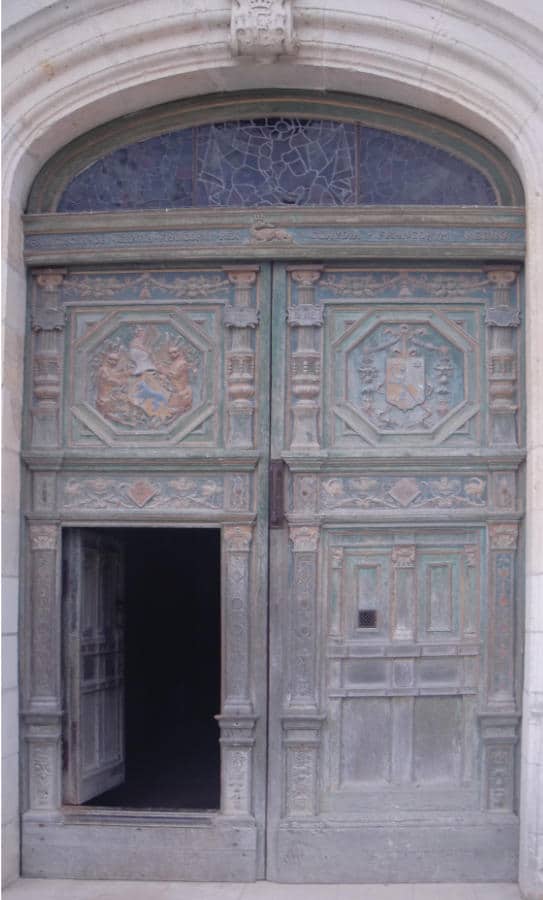
Inside of the Château has some objects from the time of François I, but years of plundering have meant that original furnishings are scarce. Nonetheless Château is still a UNESCO world heritage site, and recognized as a French historic monument.
The most impressive part of the castle is its 2 towers called Tour des Minimes and Tour Heurtault, which don’t have stairs inside, but instead a gentle slope. This was done so that horses could mount directly inside the chateau to the upper level terrasse, without their riders having to dismount.
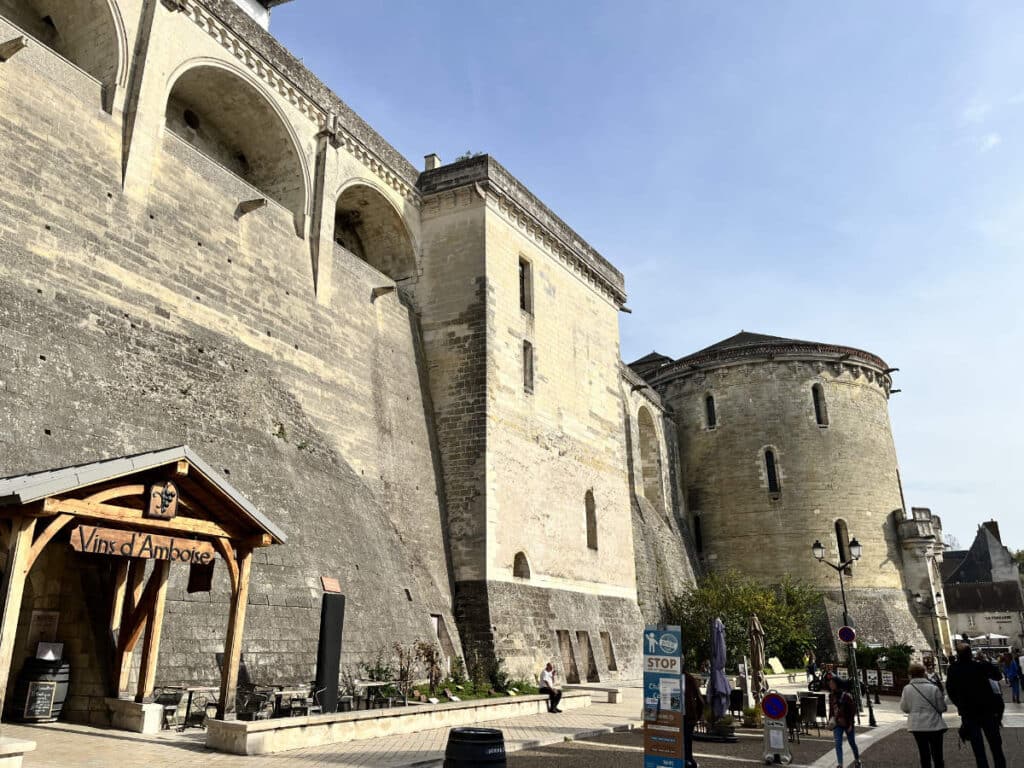
The 2 circular towers have a large entrance directly on the quai where soldiers on horseback and even large carriages can enter mount up to where the garden terrace is.
The Gardens
Because the castle is built directly on the banks of the Loire river, the gardens of the castle are on a terrace overlooking the quai of the Loire.
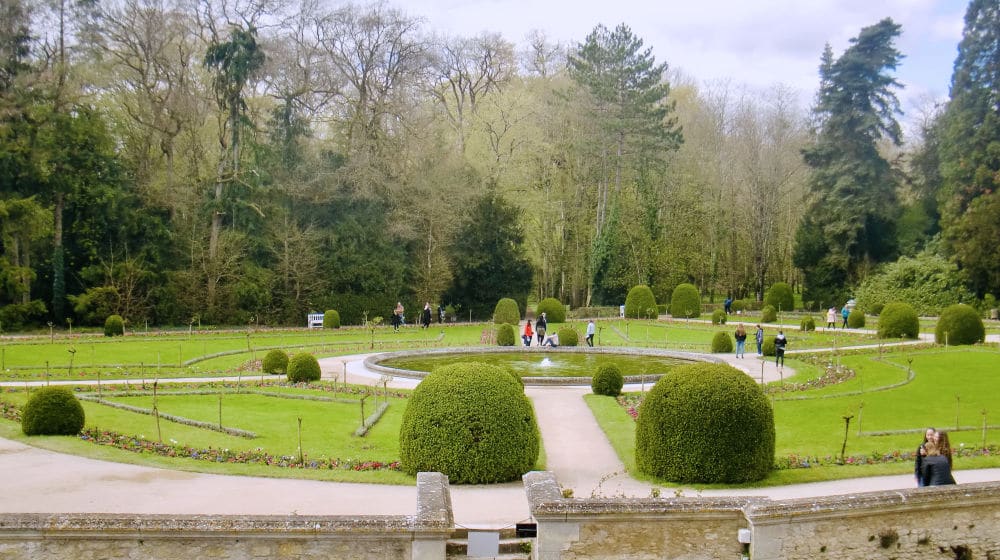
Compared to the other châteaux of the Loire like Chenonceau, Chambord, Chaumont, Cheverny or Villandry, the gardens at Château d’Amboise are rather small since the castle is surrounded by the town.
There are however beautiful views of the river Loire from the quai into the far countryside.
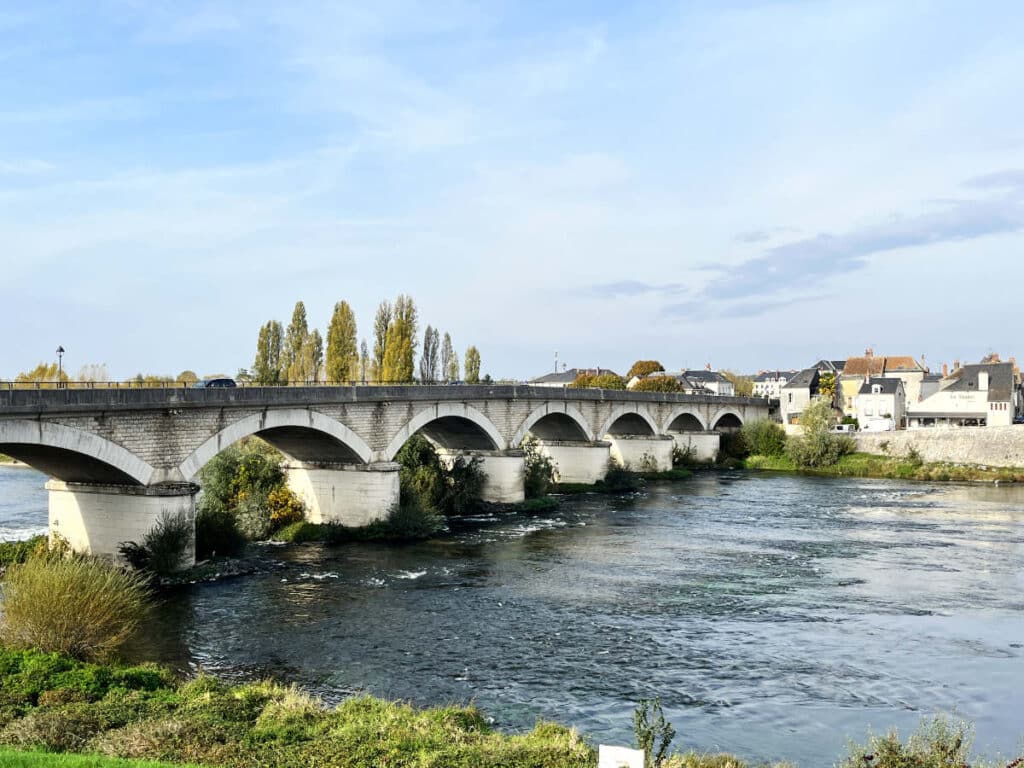
How to get to there?
The Château d’Amboise is quite accessible from Paris by car and by train. It takes approximately 2h15 to drive from Paris depending on traffic. By train, you can take a TER train from Paris’s Austerlitz station to Orlèans and then change trains to Amboise. The trip is approximately 2h30 minutes.
You can also take a tour that will have you there and back in style. There are several tours that combine with other châteaux in the area as well as vineyards to make the most of your day. You can see various tour options here.
Where should you stay?
The center of Amboise is right next to the Château d’Amboise, so I recommend staying in the area. There are also several hotels around a handful of small bars and restaurants in this area for nightlife.

If you enjoyed that article, you may like to read more about traveling around the Loire Valley. A bientôt!
